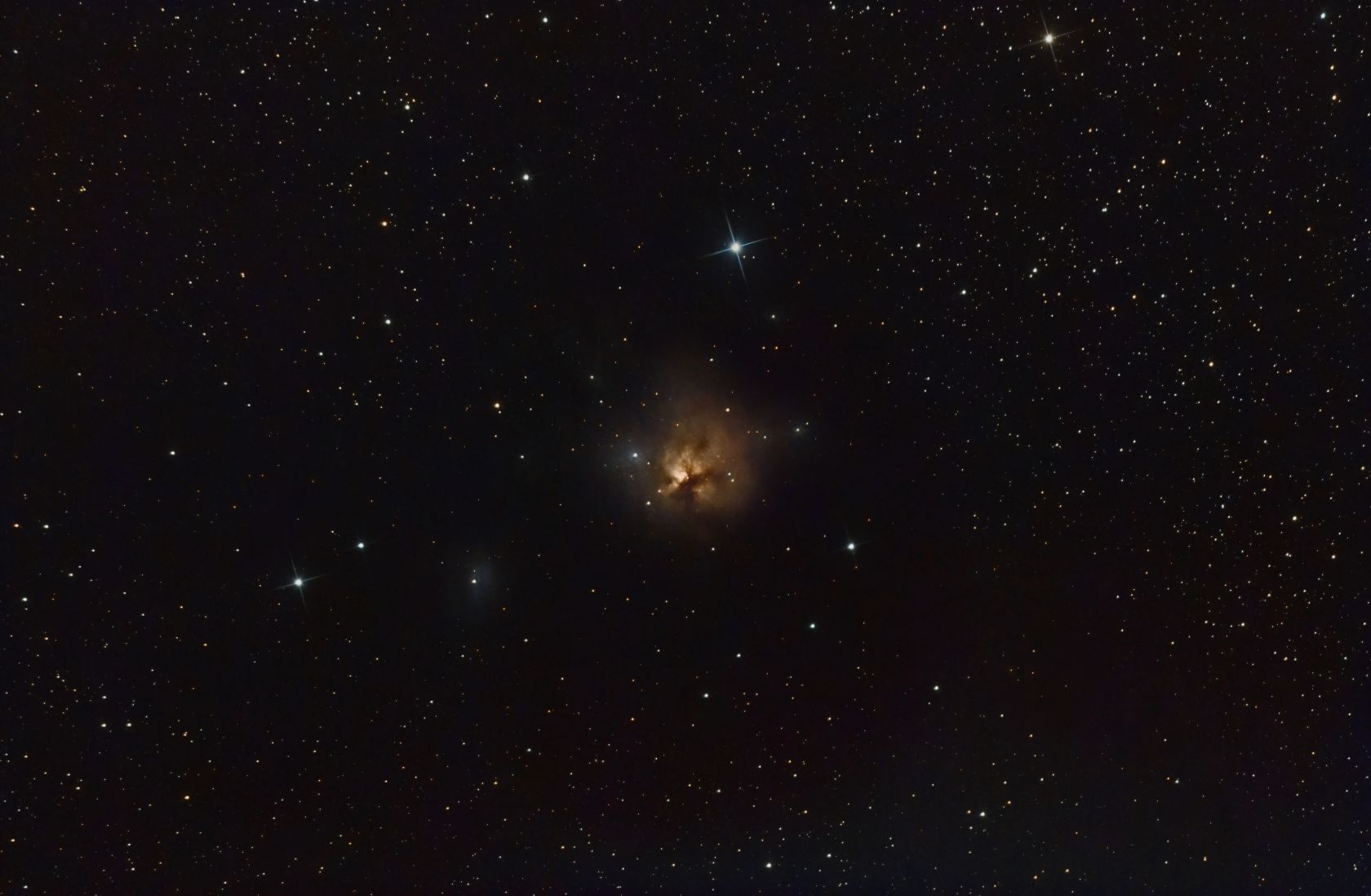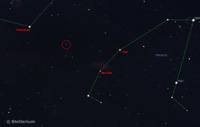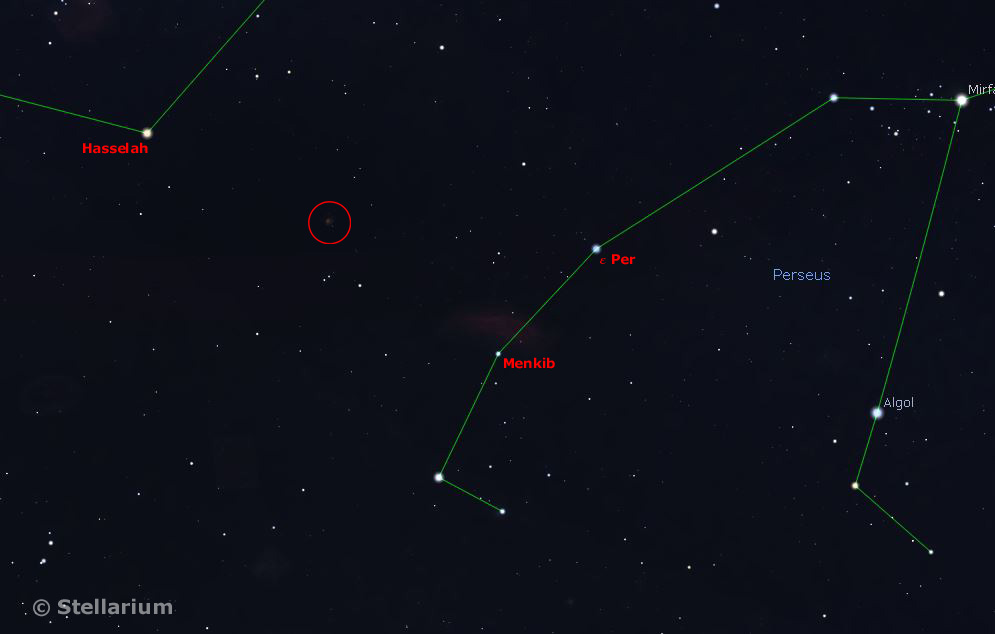Open Clusters are groups of up to a few thousand stars which are loosely gravitationally bound, and which formed within molecular clouds at roughly the same time. More than 1,000 such clusters have been found within the Milky Way.
Because open clusters are situated in the galactic disc and have fewer stars than their globular counterparts, they are more prone to disruption and typically last about a few hundred million years.
Younger open clusters which still are surrounded by molecular clouds, can form emission and reflection nebula, depending on the size & luminosity of the stars. If the stars are hot enough, ultraviolet radiation causes hydrogen to ionise, emitting reddish light in an emission nebula. If the stars are slightly cooler and their light isn't sufficent to ionise the gas, it can be seen to scatter off dust particles in a reflection nebula.
Over time, the stellar winds from the stars cause the molecular cloud to dissipate, leaving behind an open cluster.

NGC869/884 - Double Cluster
For more information on open clusters see the Wikipedia entry.







